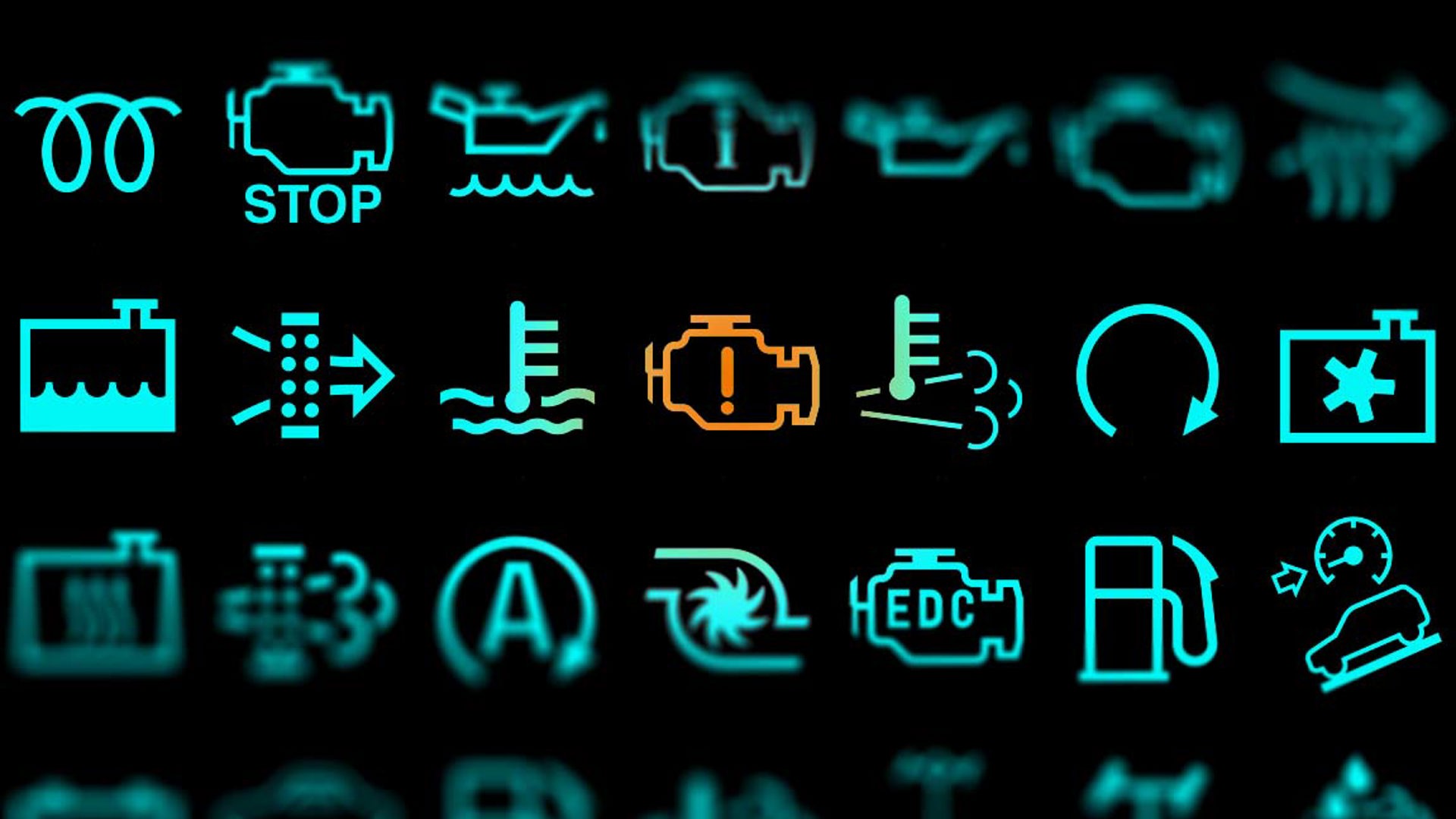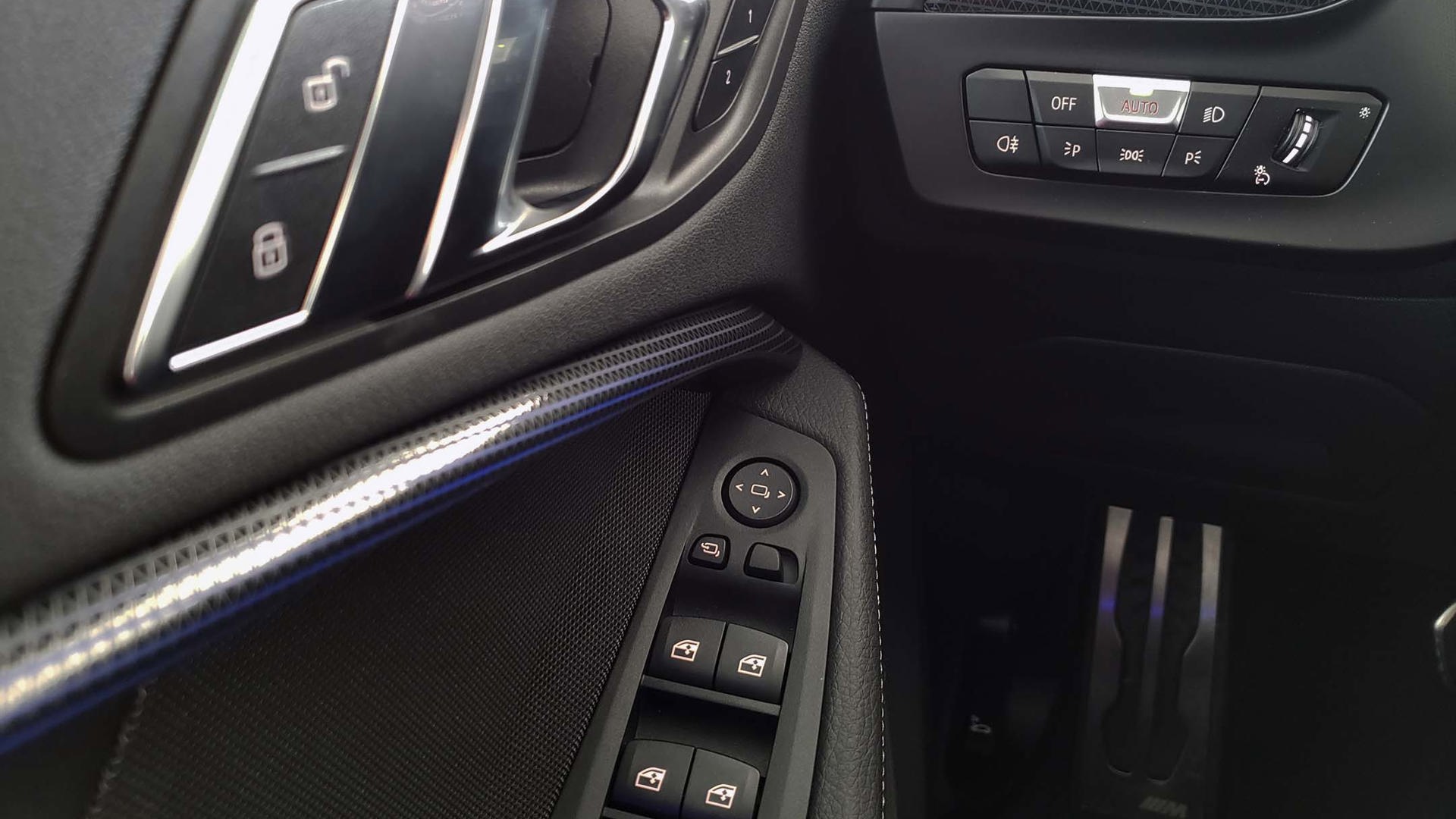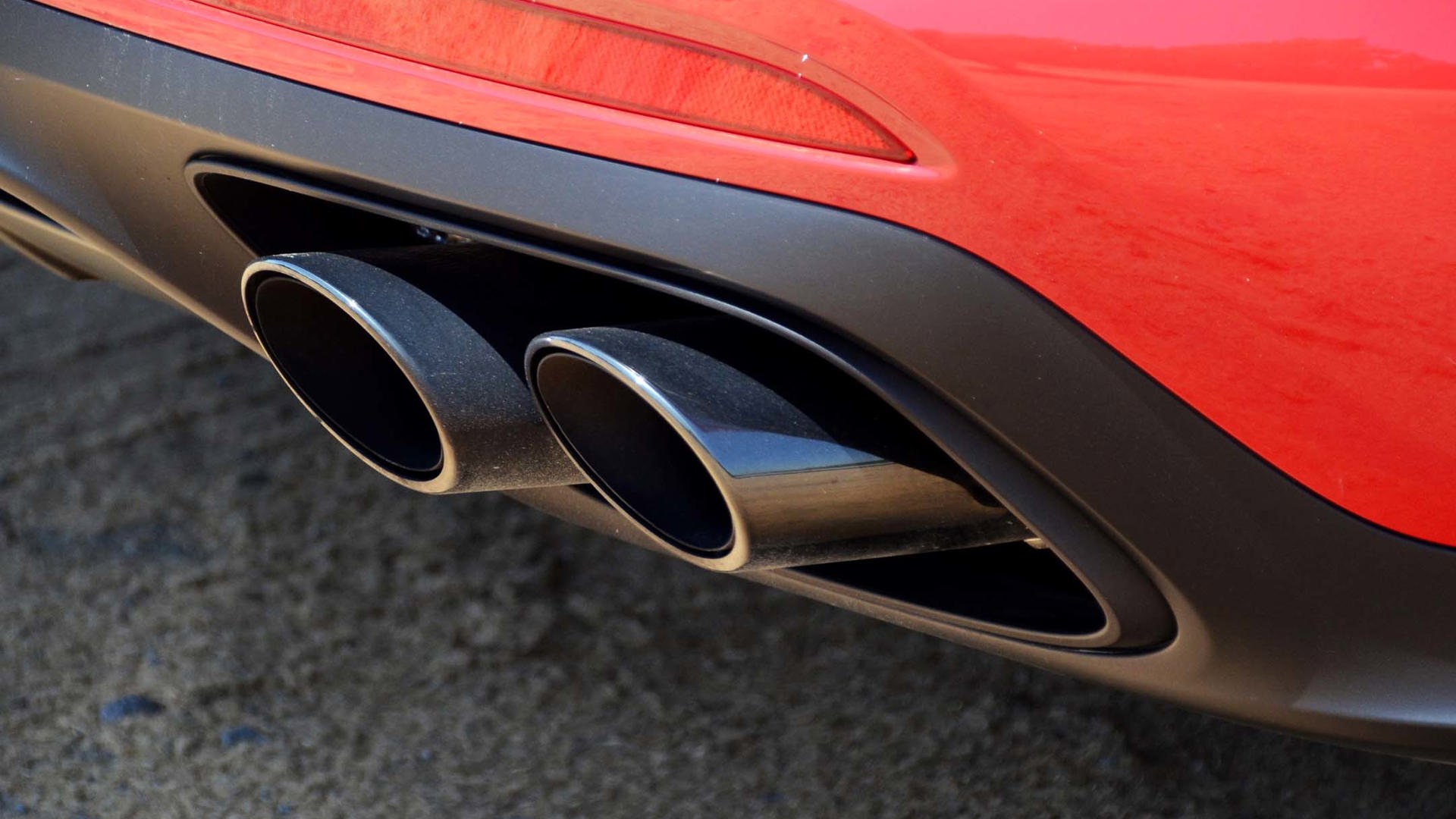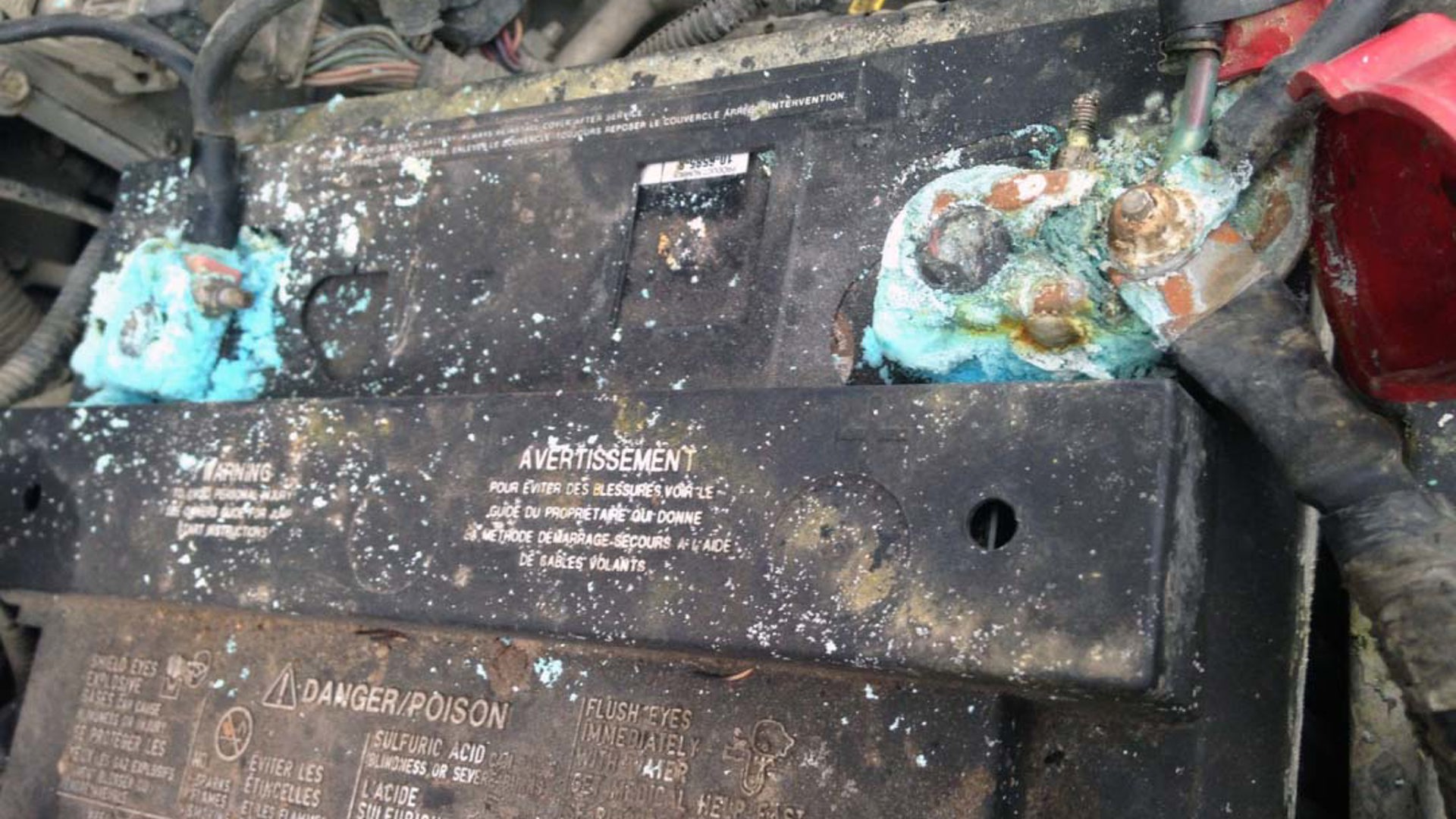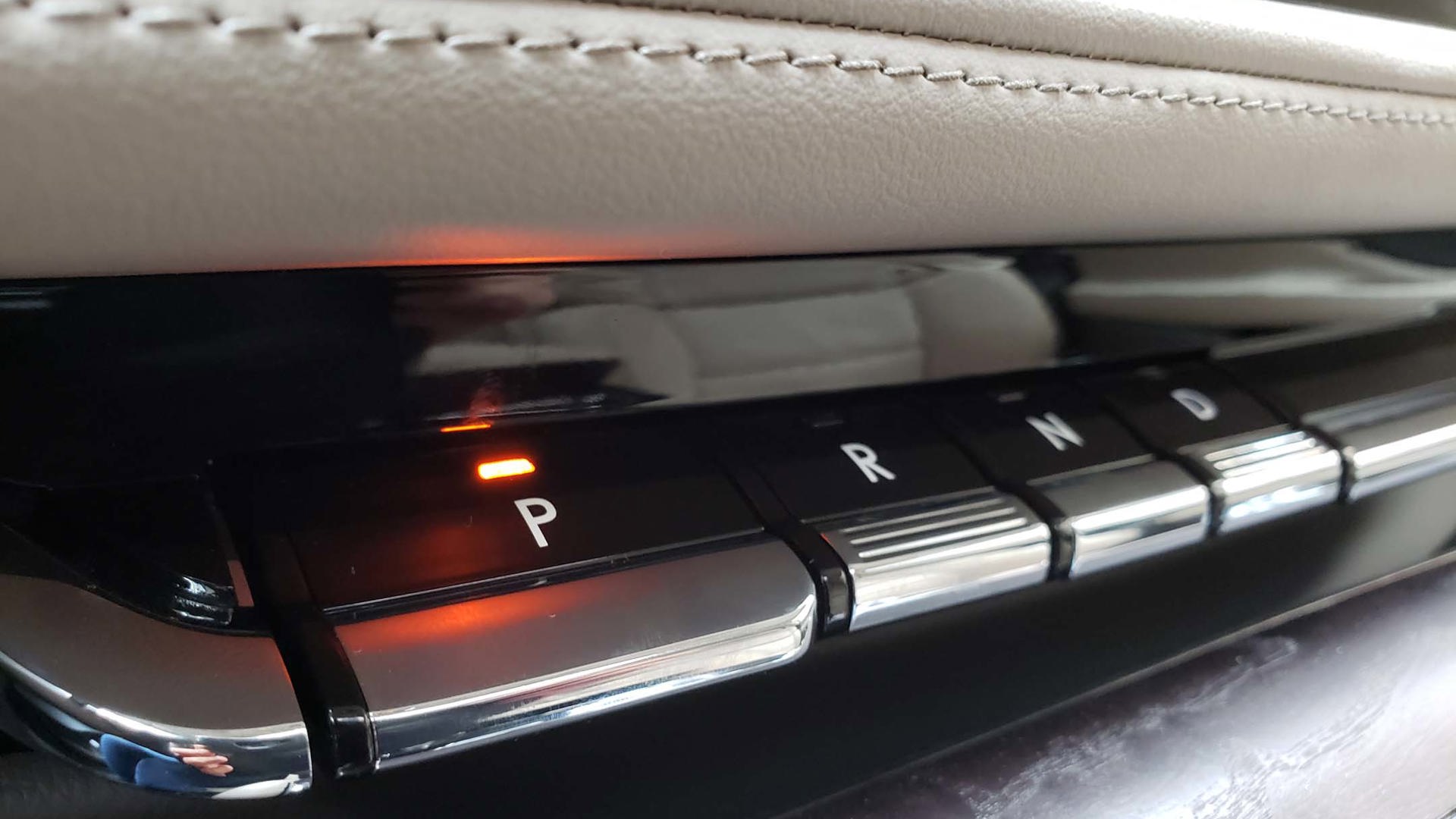Your car’s battery probably isn’t going to last as long as you think it will. According to reports from owners of a multitude of different car makes and models, the factory-supplied batteries in many modern cars have a shorter-than-expected lifespan of as little as two or three years.
When that battery begins the often drawn-out process of dying, annoying problems with a car’s electronics become increasingly likely. Modern car electronics can be just like fussy eaters: Unless they get exactly what they like, they get crabby and might even make a scene.
What exactly do modern vehicle electronics like? A continual, consistent stream of electricity in precise amounts supplied by a fresh and healthy battery.
Anything less can cause problems across a range of vehicle systems and features that manifest randomly and are difficult to replicate, which is frustrating when you’re trying to show a technician what’s wrong.
Here’s a look at five strange problems common when a battery is on its way out and some pro tips to avoid battery-related headaches.
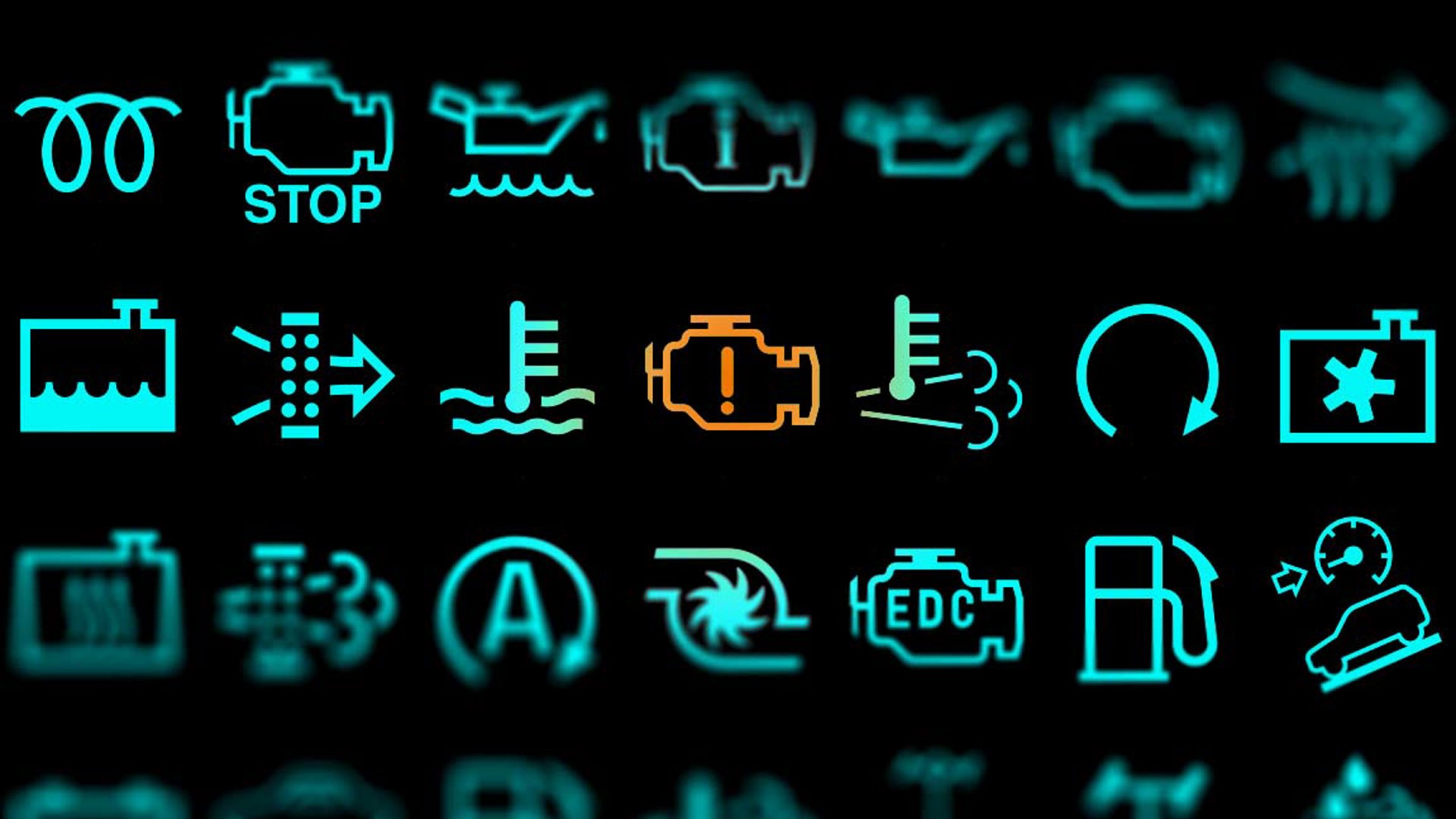
Random and Spontaneous Illumination of Multiple Warning Lights
A leading sign of a weak battery is the sudden and spontaneous illumination of multiple warning lights and warning messages in your instrument cluster, possibly accompanied by the non-functionality of various systems including the cruise control, anti-lock brakes, traction control, and more.
One day, your instrument cluster might light up like a Christmas parade float as numerous systems are knocked offline. Another day, things may run normally.
This is a great reason to have your battery and charging system examined professionally and to have the battery replaced at once if it doesn’t pass a professional test.
Pro Tip
Many car owners have reported less-than-stellar performance from factory-installed batteries, with some requiring multiple battery replacements within a short time frame. There are many factors that contribute to the health of an automobile battery, which is why a regular battery check is a great idea. A battery health check is easy for a professional to do (they’re often free), and you can even do one yourself if you have a multimeter, which are generally inexpensive. A healthy, full car battery should register at around 12.6 volts.
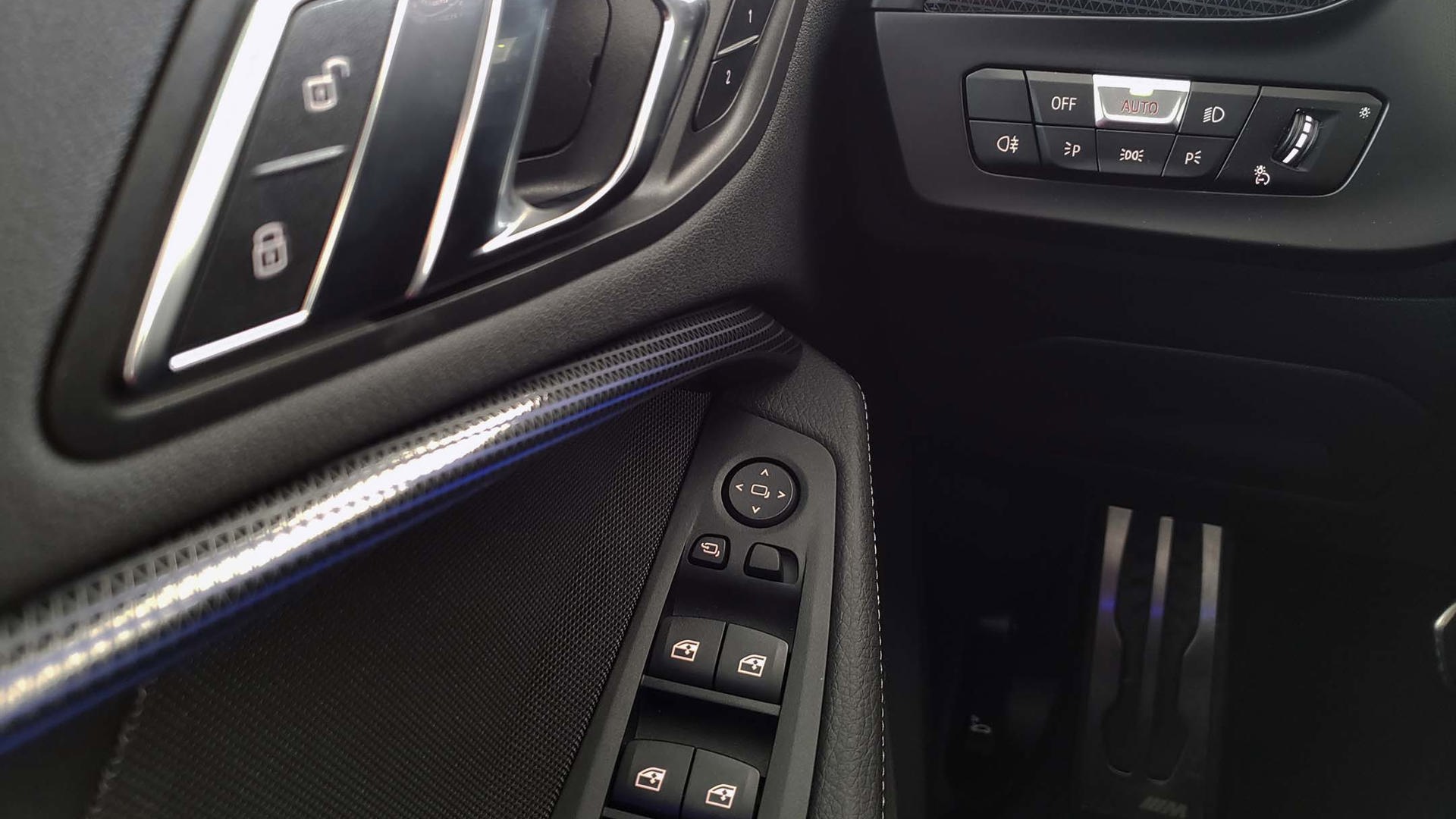
Ignition / Door Locks / Windows / Accessories with a Mind of Their Own
Problems like the ones listed below can often be attributed to a weak or dying battery:
- A power tailgate that only works some of the time;
- Power door locks that reverse position spontaneously, just after you lock or unlock them;
- A push-button ignition that responds inconsistently;
- Power windows that respond randomly to power window switch inputs;
- Inconsistent operation of the stereo;
- Random crashing or malfunctions with the touchscreen interface;
- Wonky operation of the remote keyfobs or motorized convertible roof.
Many owners have reported that a fresh battery solves problems like these, though there are many variables at play.
If one or more of the electronically powered accessories in your car seem to be acting weird, start the diagnosis with a battery and charging system checkup.
Pro Tip
Infrequent use of the vehicle or frequent use of the vehicle on very short drives can negatively affect battery lifespan. If your car sits in the garage for extended periods of time or if you drive it for just a few minutes at a time, your battery could be losing power faster than your alternator can recharge it. Over time, this may reduce the performance and durability of the battery.
If you’re a low-mileage or infrequent user of your vehicle, consider taking a longer drive about once a week. Just head out to the nearest highway and go for a cruise. This is good for your battery (and can help keep your engine clean and happy, too).
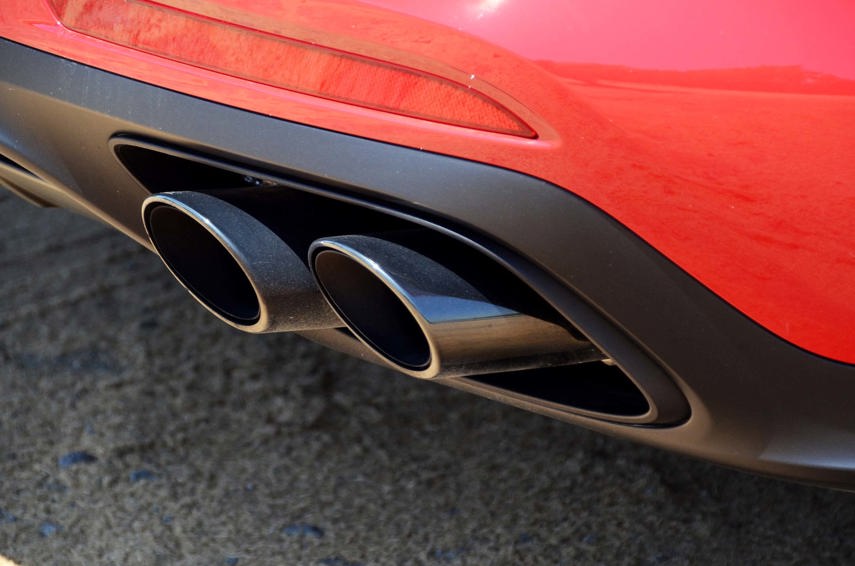
Auto Start/Stop Failure
Automatic start/stop systems are commonly used in modern vehicles to turn the engine off when the car comes to rest at a traffic light, restarting it when the driver releases the brakes. The purpose is to cut down on idling time and save fuel.
A weak or dying battery can, however, wreak havoc with many auto start/stop systems, which require various conditions be met for proper operation. These include conditions relating to ambient temperature, engine operating temperature, demand from the climate control system and other accessories, and a healthy battery.
The auto start/stop system doesn’t necessarily stop your engine every single time you stop your car, but a weak or dying battery can prevent the system from working at all. In some cases, a weak or dying battery can even prevent the system from restarting your engine, which might leave you stalled in the middle of an intersection.
This is rare, but reinforces the importance of regular battery and charging system checkups as part of an ongoing maintenance plan for your car. Your owner’s manual has the full scoop.
Note that a weak battery can randomly knock other features offline, too, including adaptive cruise control, blind spot monitoring, and many more.
Pro Tip
Do not disconnect and reconnect your car’s battery hoping to reset some electronics-related issue unless you have professional confirmation that it’s okay to do so.
Sometimes, disconnecting the battery in a modern car can fix an annoying problem. Other times, it can trip the engine immobilizer, lock the vehicle down, or even cause damage to expensive onboard electronics. Check your owner’s manual for more information, noting that some cars have specific procedures that need to be followed if a battery will be disconnected. If in doubt, have a professional take a look.
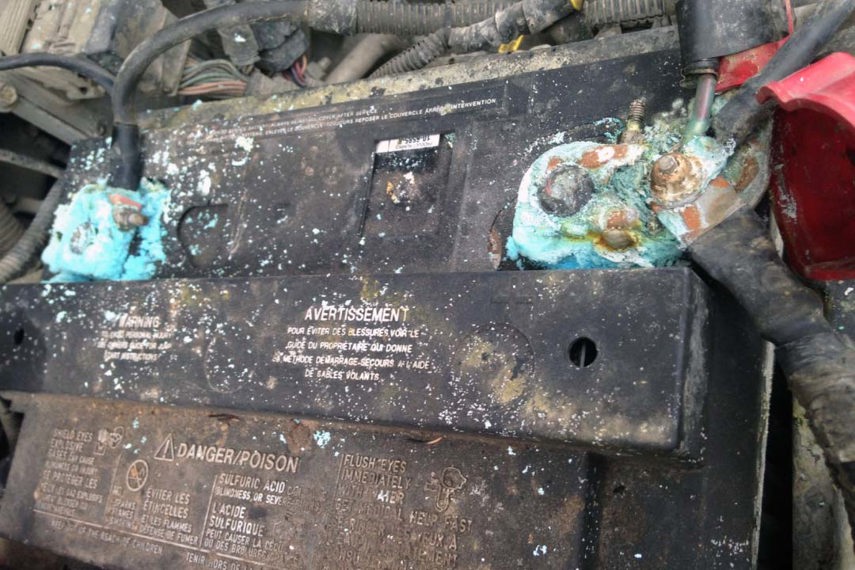
Spontaneous Alarm Activation
A weak battery can cause numerous malfunctions and if one of them happens to be within your car alarm, you might wind up giving the entire neighbourhood a 3 a.m. horn-blast serenade for no reason at all.
This is rare but not unheard of, so if your car alarm begins to activate spontaneously and if you’re able to confirm that the vehicle wasn’t tampered with, a new battery might be the answer.
Pro Tip
When was the last time you visually inspected your vehicle’s battery for battery terminal corrosion? The terminals on your battery may become encrusted with a crystalline-looking substance over time that resembles dried salt, possibly white, blue, or greenish in colour. If present, these deposits need to be removed because they’re semi-conductive and may be causing your battery to discharge. Clean the corrosion (or have a professional do it) and your battery and charging system will thank you with a longer and more trouble-free life.
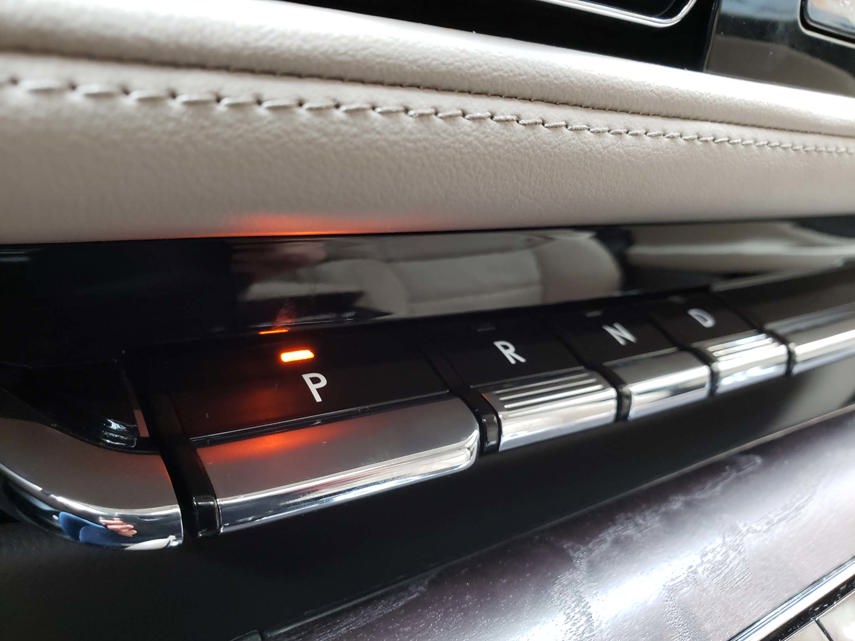
Can’t Shift Out of Park
Some new cars have an electronic gear shifter that operates a bit like a joystick instead of an old-school mechanical shifter with a physical linkage. This sends an electronic signal to a module on the transmission itself, which engages the gear of choice.
That is, provided there’s enough power to do the job.
Sometimes, insufficient battery power can cause problems with the electronics in this type of shifter, resulting in inconsistent operation, warning messages, or an inability to shift the vehicle out of PARK – and sometimes, that’s even if there’s enough power to actually start the engine first.
Note that battery power levels fluctuate over time – and while your battery may be charged fully, a previous low-power state may hamper the proper operation of the transmission’s computer brain, and the integrity of the software within it, which might make shifting impossible.
Pro Tip
A trickle-charger is a fantastic way to extend the life of your vehicle’s battery, save money and headaches, and virtually eliminate battery-life issues common in occasional-use vehicles, like convertibles, performance cars, or cars that live at their owner’s summertime home. A cheap trickle charger can be had for about $50. One end connects to your battery in about a minute, and the other gets plugged into a household outlet. Connect a trickle charger to your battery at all times when the vehicle won’t be driven for more than a few days, and it’ll charge, condition and maintain your battery’s good health, eliminating battery-related problems in the process.

